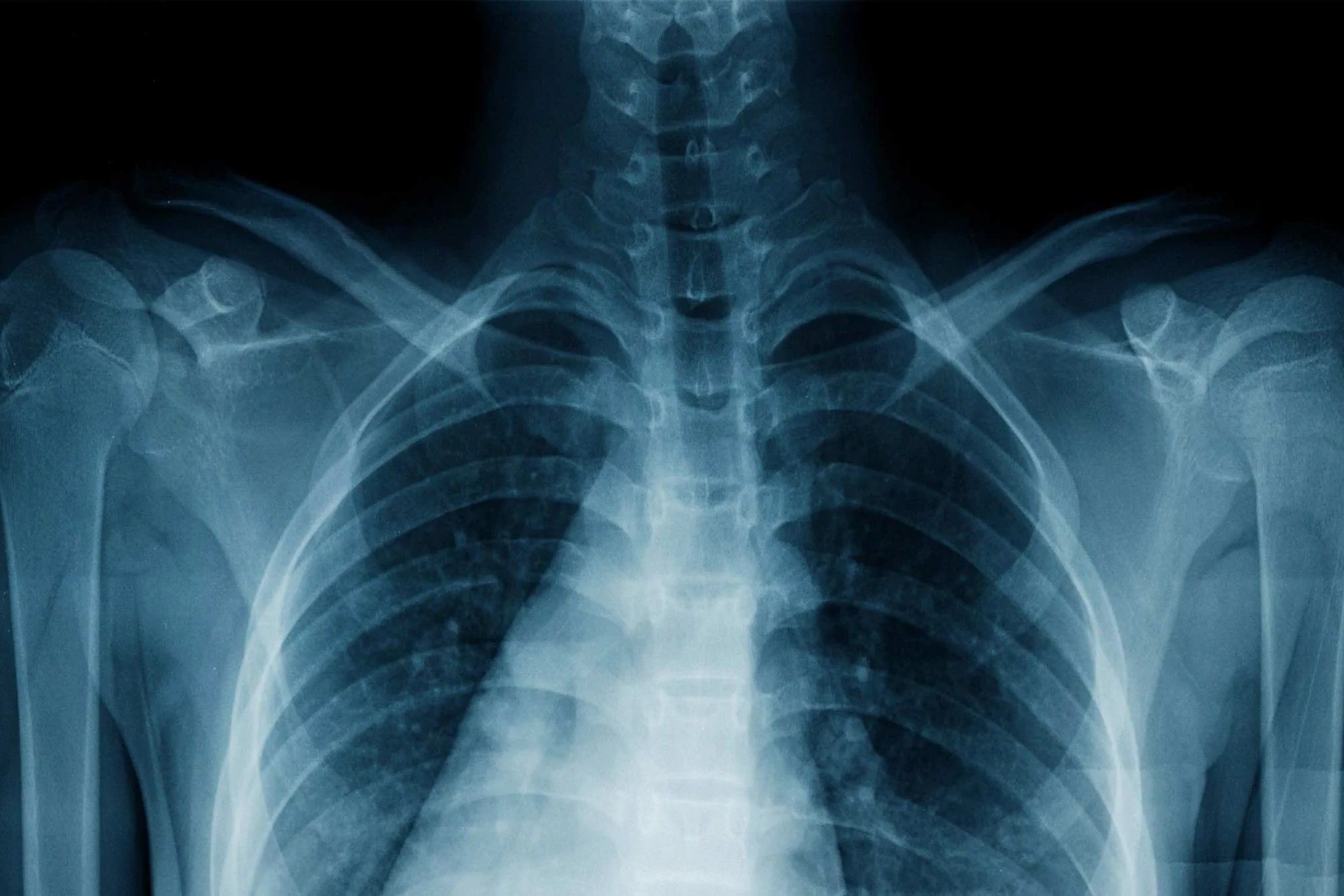
X-ray imaging has revolutionized the medical field, offering a non-invasive way to see inside the human body. But how much do you really know about this technology? From its accidental discovery by Wilhelm Conrad Roentgen in 1895 to its widespread use in hospitals today, X-ray imaging has a fascinating history. Did you know that X-rays were once used to fit shoes? Or that they can help detect art forgeries? This post will dive into 30 intriguing facts about X-ray imaging, shedding light on its many applications, benefits, and even some surprising trivia. Ready to learn more? Let's get started!
What is X-ray Imaging?
X-ray imaging is a fascinating technology that allows us to see inside the human body without making a single cut. It has revolutionized medicine and continues to be a crucial tool in diagnosing and treating various conditions. Here are some intriguing facts about X-ray imaging.
- X-rays were discovered by accident in 1895 by Wilhelm Conrad Roentgen while experimenting with cathode rays.
- The first X-ray image ever taken was of Roentgen's wife's hand, showing her bones and wedding ring.
- X-rays are a form of electromagnetic radiation, similar to visible light but with much higher energy.
- They can penetrate various materials, including human tissue, making them ideal for medical imaging.
- X-rays are used not only in medicine but also in security, astronomy, and industrial applications.
How X-rays Work
Understanding how X-rays work can help appreciate their significance. The process involves generating X-rays and capturing their interaction with the body on a detector.
- X-ray machines generate X-rays by accelerating electrons at a metal target, usually tungsten.
- When X-rays pass through the body, they are absorbed by dense materials like bones, creating a contrast on the image.
- Soft tissues absorb fewer X-rays, appearing darker on the X-ray film or digital detector.
- The resulting image is called a radiograph, which radiologists interpret to diagnose conditions.
- Modern X-ray machines use digital detectors, providing clearer images and reducing radiation exposure.
Safety and Risks
While X-rays are incredibly useful, they do come with some risks. Understanding these can help mitigate potential harm.
- X-ray exposure is measured in units called millisieverts (mSv).
- The average person is exposed to about 3 mSv of natural background radiation annually.
- A single chest X-ray exposes a person to about 0.1 mSv, which is relatively low.
- Repeated or high-dose X-rays can increase the risk of cancer, although the risk is generally small.
- Protective measures, like lead aprons and thyroid shields, are used to minimize exposure during X-ray procedures.
Types of X-ray Imaging
There are various types of X-ray imaging, each serving different purposes. These specialized techniques enhance diagnostic capabilities.
- Conventional radiography is the most common type, used for imaging bones and chest.
- Fluoroscopy provides real-time moving images, often used in guiding surgical procedures.
- Computed Tomography (CT) scans use X-rays to create detailed cross-sectional images of the body.
- Mammography is a specialized X-ray technique for breast cancer screening.
- Dental X-rays help dentists diagnose issues with teeth and jawbones.
Innovations and Future Trends
X-ray technology continues to evolve, offering new possibilities and improving patient care. These innovations are shaping the future of medical imaging.
- Digital X-rays have largely replaced traditional film, offering faster results and better image quality.
- Dual-energy X-ray absorptiometry (DEXA) scans measure bone density, helping diagnose osteoporosis.
- Portable X-ray machines allow imaging in remote locations or at a patient's bedside.
- Advanced software can enhance X-ray images, making it easier to detect abnormalities.
- Research is ongoing to develop lower-dose X-ray techniques, reducing radiation exposure further.
Fun and Surprising Facts
X-ray imaging has some fun and surprising aspects that many people might not know. These facts highlight the versatility and impact of this technology.
- X-rays can reveal hidden layers in paintings, helping art historians study and authenticate artworks.
- Airport security uses X-ray scanners to inspect luggage for prohibited items.
- X-ray telescopes allow astronomers to study celestial objects like black holes and supernovae.
- Some animals, like certain species of fish, have natural X-ray vision, allowing them to see through murky waters.
- X-ray crystallography, a technique using X-rays, was crucial in discovering the double-helix structure of DNA.
The Final Snapshot
X-ray imaging has revolutionized the medical field, providing invaluable insights into the human body. From its accidental discovery by Wilhelm Röntgen to its widespread use today, X-rays have become a cornerstone of modern medicine. They help diagnose fractures, detect tumors, and even guide surgeries. Despite the small risks associated with radiation exposure, the benefits far outweigh them. Advances in technology continue to make X-ray imaging safer and more effective.
Understanding these facts not only highlights the importance of X-rays but also underscores the incredible progress in medical science. Next time you get an X-ray, you'll know just how much history and innovation lie behind that quick snapshot of your bones. Stay curious, stay informed, and appreciate the marvels of modern medicine.
Was this page helpful?
Our commitment to delivering trustworthy and engaging content is at the heart of what we do. Each fact on our site is contributed by real users like you, bringing a wealth of diverse insights and information. To ensure the highest standards of accuracy and reliability, our dedicated editors meticulously review each submission. This process guarantees that the facts we share are not only fascinating but also credible. Trust in our commitment to quality and authenticity as you explore and learn with us.
